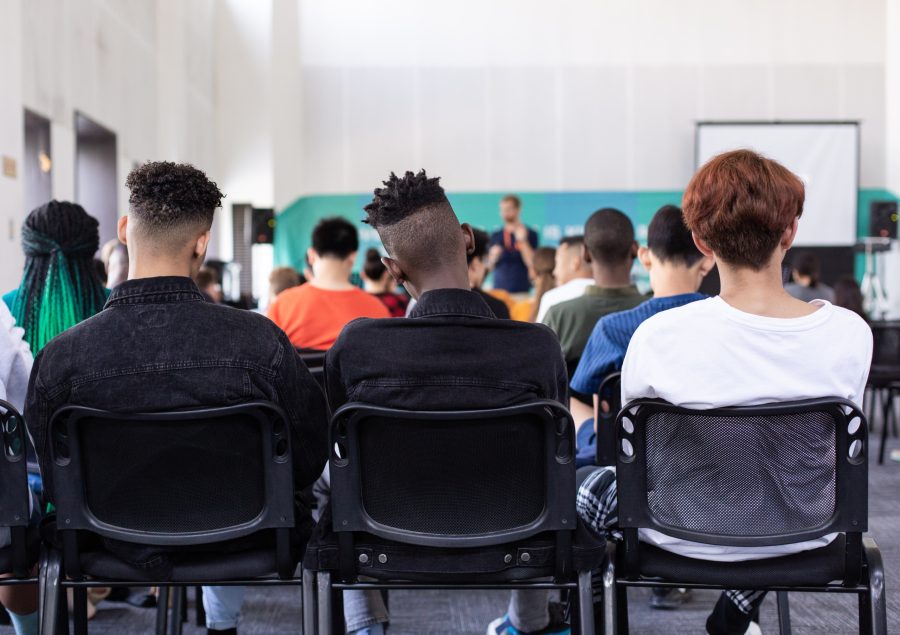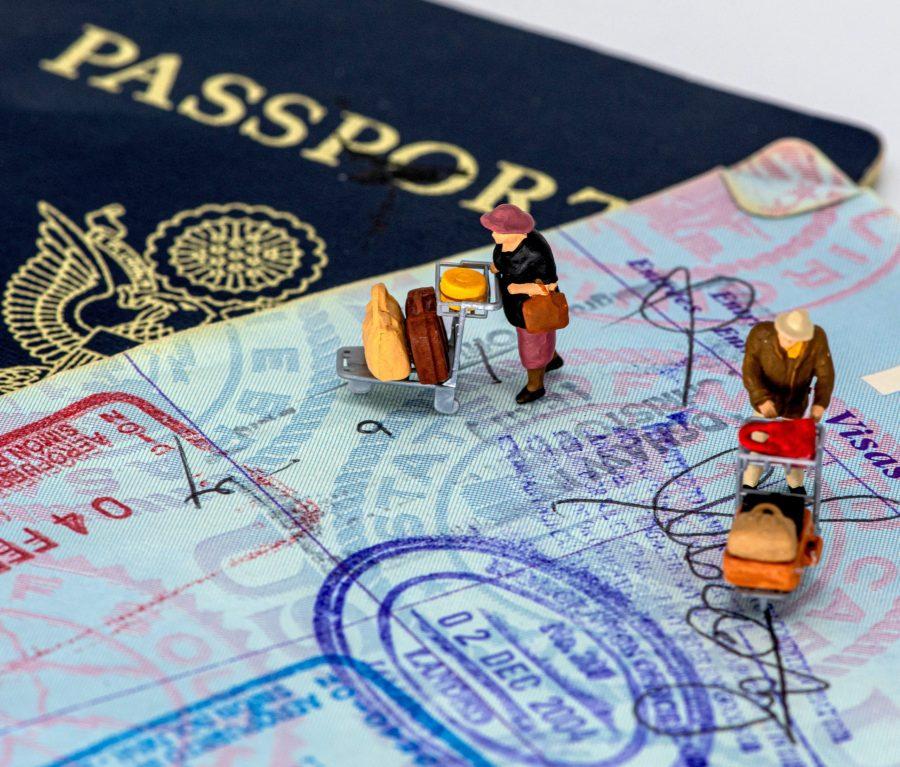Despite comprising the largest ethnic group in the state, enrollment figures for white students at the University of California are starting to dwindle. University officials say the decrease in the percentage of white applicants, as well as increased competition from other racial groups, have led to the lowest percentage of white admissions in 10 years.
Sixth College Freshman Senator Micah Jones is one of the 1,368 white freshmen who enrolled at UCSD in fall of 2006. The percentage of whites enrolling in the UC system is at a 10-year low.
Although 19,685 white freshmen were accepted to the university last year, they made up only 35.6 percent of the admitted class – the low point in a 10-year trend in fluctuating white enrollment. Since 2002, white students have shown a 12-percent increase in applications, but they were far outnumbered by increases from other races, said Ricardo Vazquez, a spokesman for the UC Office of the President.
“”A small but clear trend in this direction has been evident for many years,”” Vazquez stated in an e-mail. “”California continues to grow more diverse, particularly among its young people. The student population of the university reflects that diversity, with ever-increasing numbers of nonwhite students pursuing an education at UC.””
UCSD has also shown a similar decrease in white enrollment over time, with the percentage of white students dropping from 38 percent in 2001 to 31 percent in 2006, according to Assistant Vice Chancellor of Admissions and Registration Mae W. Brown.
While few dispute the numbers themselves, the internal factors that have spurred these changes are far more controversial. Some educational consultants have said that Proposition 209 – a 1996 initiative that abolished all considerations of race in public-college admissions – has been a major factor in widespread admissions changes in the different racial groups. However, its effect on white students remains, at best, a topic of debate.
According to Brown, Proposition 209 has had the most significant negative bearing on American Indian, Latino and black students. The initiative’s impact on whites has been “”very small or none,”” Vazquez said.
However, not all are quick to agree with this assessment.
“”Although affirmative action is not legally in effect, I believe that certain ethnic groups do have a much easier time being accepted to college,”” Sixth College Freshman Senator Micah Jones said. “”I would definitely agree that predominately white students have a much more difficult time receiving admission.””
However, Jones said that he believes that UCSD provides, in a general sense, a positive atmosphere for whites.
“”I am having as good of a ‘college experience’ here as I would have at any another school in which whites were the majority,”” he said.
According to John Muir College senior John Kim, UCSD’s attitude toward race is reflective of the government’s desire to level the playing field, which has “”fallen to a greedier point of view where many people give diversity only face value,”” he stated in an e-mail.
However, A.S. Assistant Vice President of Diversity Affairs Marco Murillo said that he believes that whites – working in tandem with other ethnic groups – play an important role in furthering campus diversity.
“”In regards to diversity, white students at UCSD have the potential of making great differences,”” Murillo stated in an e-mail. “”In being allies and building relationships with diverse groups of students, the impact of white students on diversity at UCSD would be significant.””
Sixth College Commissioner of Culture Grant Peterson, a transfer student, said he had a different experience than Jones when he initially arrived at UCSD two years ago.
Peterson said that he often felt like an outsider due to the mass recruitment of Asian students into Asian-based campus organizations. According to Vazquez, the percentage of Asians applying to the UC system since 2002 has gone up 24 percent - double the increase of white applicants.
“”I only felt welcome and accepted after getting involved,”” Peterson said.
One common concern for many college students – whites included – is the ability to afford their education. The university’s comprehensive review policies for applicants as well as UC-sponsored outreach programs are colorblind, focusing on social and economic factors and not ethnicity, Brown said.
“”The factors are applied consistently for all interested individuals, regardless of race,”” she stated in an e-mail.
For Eleanor Roosevelt College junior Nathaniel Wisan and his three brothers, who all transferred to UCSD in the same year, university-sponsored outreach programs were the only way they could afford to attend college.
“”I have to say that, had it not been for financial aid, I wouldn’t be here,”” Wisan said. “”So, I can attest to the reality that there are white kids out there who have to struggle just as hard to get into college as any underrepresented minority. What I’ve learned is that no matter who you are, you have to work hard, and then things will fall into place.””







